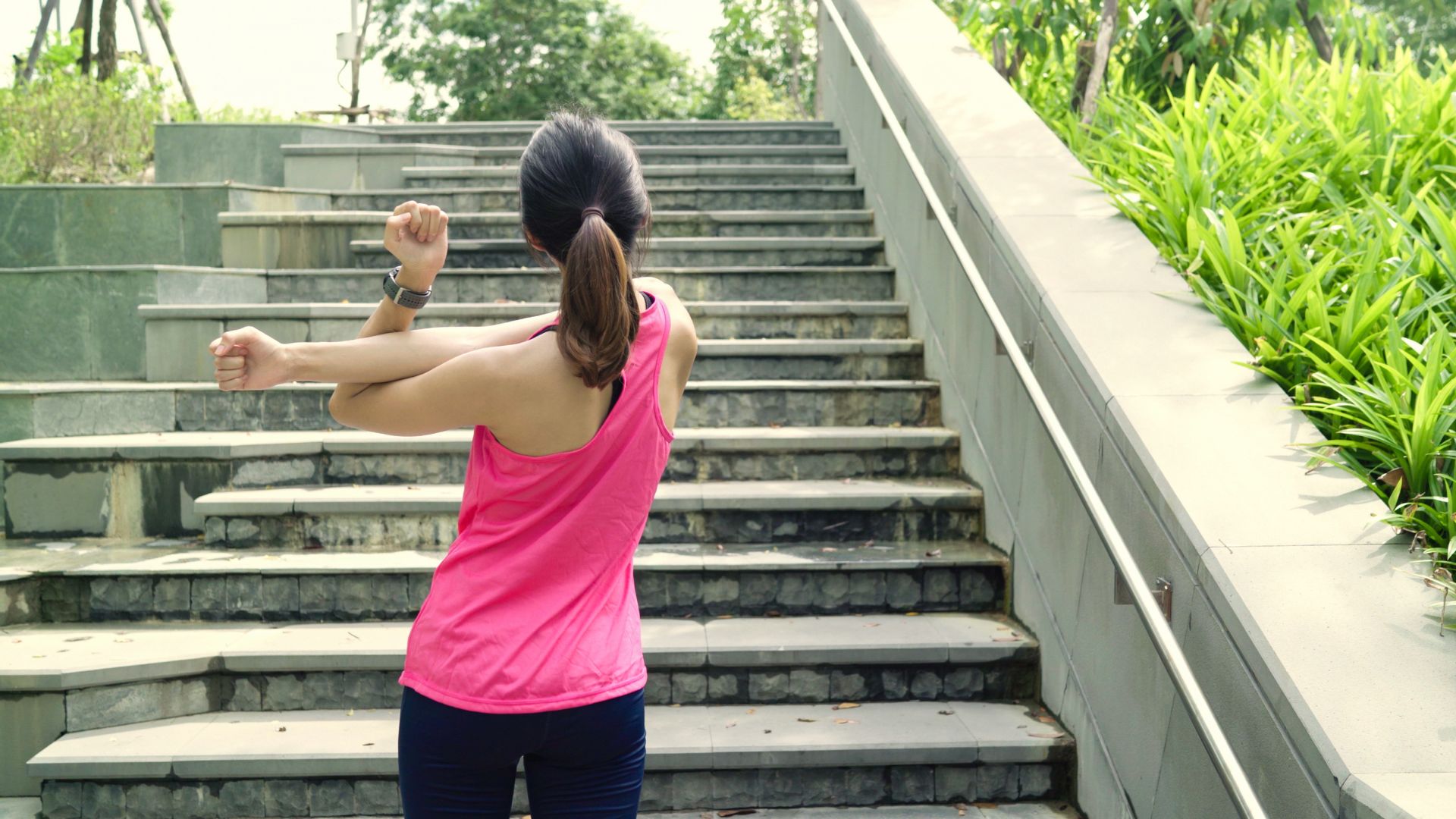Seeing all the photos and videos shared on social media, where everyone seems to be starting their fitness journey, can be a bit pressuring. Instead of providing motivation to get off the couch, it might even encourage ordering takeout instead.
Starting a new exercise routine can be challenging, especially when motivation is lacking. To help get moving and stay on track, it’s essential to have a clear plan, set personal goals, and keep workouts interesting.
Even short bursts of physical activity, as little as five minutes, can benefit health as one adjusts to a new routine. Remember to include rest days to allow the body to recover!
Here are 10 practical tips to help get off the couch and into a consistent workout regimen.
1. Where To Start

When starting a workout routine, the first step can be the hardest. A great way to ease into it is by incorporating a simple daily walk. Walking is low-impact and can be done anywhere, making it an excellent starting point.
Begin with just ten minutes a day; this small commitment can build joint strength and reduce stress. As you get more comfortable, gradually increasing the duration or pace of the walks can be beneficial.
Each small win, whether it’s a longer walk or a faster pace, can boost confidence and motivation. The goal is to create a habit of moving regularly. Over time, these walls can become the starting point of your fitness journey, helping transition to more intense workouts.
2. Write Down Your Goals

Instead of vague objectives like “get fit,” defining specific, actionable goals can be more effective. For instance, aiming to work out three times a week or completing a certain number of steps daily can be a good start. Writing these goals down gives them weight and makes them feel more attainable.
Scheduling workouts like appointments and making them non-negotiable parts of the day can also help. Keeping a fitness journal to track progress can be motivating, as it allows you to see improvements over time.
3. Begin With Short Workouts
The idea that workouts need to be long and strenuous can be intimidating. Instead, starting with short, manageable sessions can be more effective. Even a 20-minute workout can be highly beneficial if done correctly.
Focusing on high-intensity interval training (HIIT), which alternates between short bursts of intense activity and periods of rest or lower-intensity exercise, can maximize a workout in a short amount of time.
4. Get Started At Home

Working out at home can be a convenient and less intimidating way to start a fitness journey. There are numerous online resources offering free workout videos suitable for all fitness levels. Everything from yoga and Pilates to strength training and HIIT workouts that require no equipment can be found online.
Starting at home allows you to exercise in a comfortable, familiar environment, which can help reduce the fear of being judged. Joining online fitness challenges or following workout plans can also keep things interesting and maintain motivation.
5. Add Bursts Of Exercise To Your Daily Routine
Look for opportunities to move throughout the day, such as taking the stairs instead of the elevator or parking farther away from your destination to add extra steps. These small changes can add up and make a significant impact on overall activity levels.
Setting reminders to stand up and stretch or take a short walk every hour, especially for those with sedentary jobs, can help. Incorporating movement into your daily routine helps break up long periods of inactivity and keeps energy levels up.
6. Switch Up Your Cardio

Cardio workouts don’t have to be monotonous or repetitive. Instead of sticking to the same treadmill routine, try circuit training to keep workouts varied and engaging. Circuit training combines cardio and strength exercises, which keeps things interesting.
For example, alternating between one-minute sets of upper- and lower-body exercises with short rest periods in between can be effective. This not only boosts cardiovascular fitness but also builds muscle and endurance.
7. Integrate Intervals Into Your Routine
This involves alternating between periods of high-intensity exercise and lower-intensity recovery. For example, when running, sprint for 30 seconds and then walk or jog for a minute before repeating. This method not only improves cardiovascular fitness but also increases calorie burn and can make workouts feel shorter.
Adding intervals can help break the monotony of steady-state cardio and challenge the body in new ways. Music can also be a great motivator, so create a playlist with upbeat tracks to stay energized.
8. Get Fueled By The Increased Energy
Engaging in moderate-intensity workouts can significantly improve energy levels and reduce feelings of fatigue. As exercise becomes a regular part of your routine, you’ll likely notice increased daily energy levels.
This increased energy can make it easier to stay active and maintain motivation. The more you move, the more energy you’ll have to keep moving.
9. Invite A Friend To Join You

Working out with a friend can make exercise more enjoyable and help you stay committed. Having a workout buddy provides accountability and can turn exercise into a social activity.
You’re less likely to skip a workout when someone else is counting on you to show up. Additionally, exercising with a friend can make time fly and provide extra motivation to push yourself.
10. Don’t Compare Yourself To Others
Comparing yourself to others can quickly diminish your motivation and self-esteem. Focus on personal progress and set realistic, individual goals. Everyone’s fitness journey is unique, and what works for one person might not work for another.
Avoid measuring progress against others, especially on social media where people often share only their best moments. Instead, track your personal improvements and be proud of your individual efforts.
Remember, it’s not about achieving perfection but about making consistent, small changes that lead to long-term benefits. So, take a deep breath, lace up your sneakers, and get ready to embrace a healthier, more active you. The couch will still be there when you return, but the sense of accomplishment and well-being you gain from staying active will be far more rewarding.







